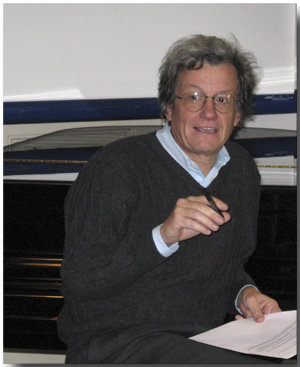

“The complex of processes known as star formation must have occurred innumerable times in the remote past. The Big Bang, after all, did not produce a Universe full of stars but of diffuse gas. How gas turns into stars is the subject of this book. Anyone wishing to study the problem is aided immediately by the fact that star formation is also occurring now, and in regions close enough that the transformation can be examined in some detail.”
These opening lines of the textbook The Formation of Stars by S. Stahler and F. Palla (Wiley 2004) convey the vast extent, in both space and time, of star formation. This conference is dedicated to the memory of Francesco Palla (1954-2016), a leading figure in the field of star formation and a person of rare qualities. As a scientist, Francesco left behind a broad and profound legacy in studies of the interstellar medium, young stellar clusters, and protostellar evolution now and in the primordial Universe. The goal of this conference is to gather observational and theoretical experts in the various aspects of the star formation process addressed by Francesco in his career, to outline the advances in these studies and to discuss the prospects for future developments.
Today, high spatial resolution observations, theoretical modelling and state-of-the art numerical simulations make it possible to analyze in detail the physical aspects of star formation over many spatial scales, both in the present-day Universe and in the distant past.
Observations of star formation in nearby galaxies are revealing how the different environments affect star formation, while high-sensitivity surveys of nearby molecular clouds have uncovered the filamentary structure of the dense interstellar medium. At the same time, space- and ground-based surveys allow a superb characterization of the young stellar cluster population. Moreover, asteroseismology is offering a unique window to constrain the intrinsic parameters and structure of young stars as well as to age date young stellar clusters. The characteristics of the first stars formed at the end of the Dark Ages of the Universe are now constrained by direct observations of the composition of second-generation low-mass stars, offering, for the first time, an opportunity to test models of the chemical and thermal conditions within the primordial gas. This conference aims at presenting a broad perspective on the process of star formation in our Galaxy, in nearby galaxies, and in the early Universe. The following topics will be covered:
The evolution of molecular clouds
Protostellar and pre-main sequence evolution
Young stellar clusters
The first stars
